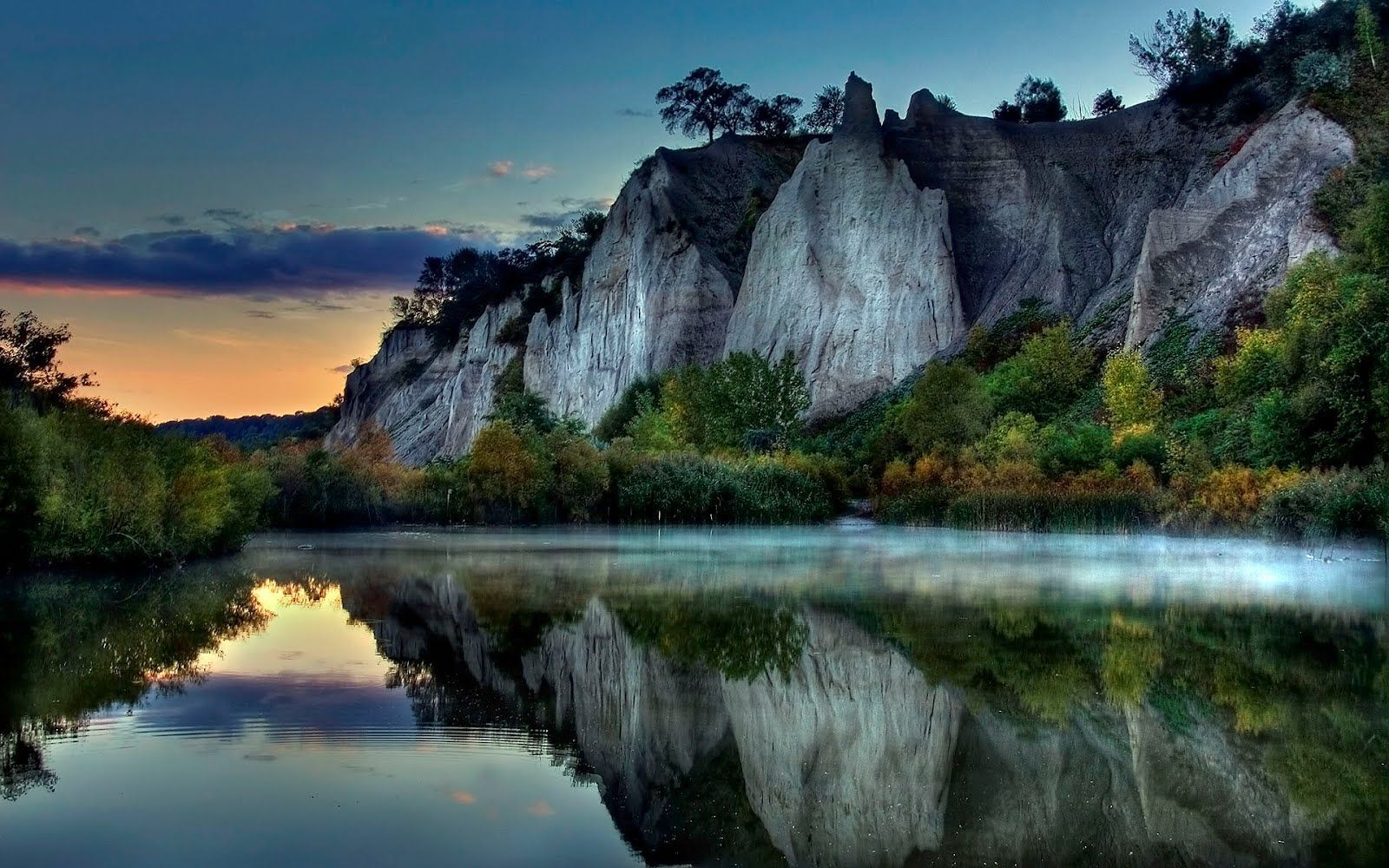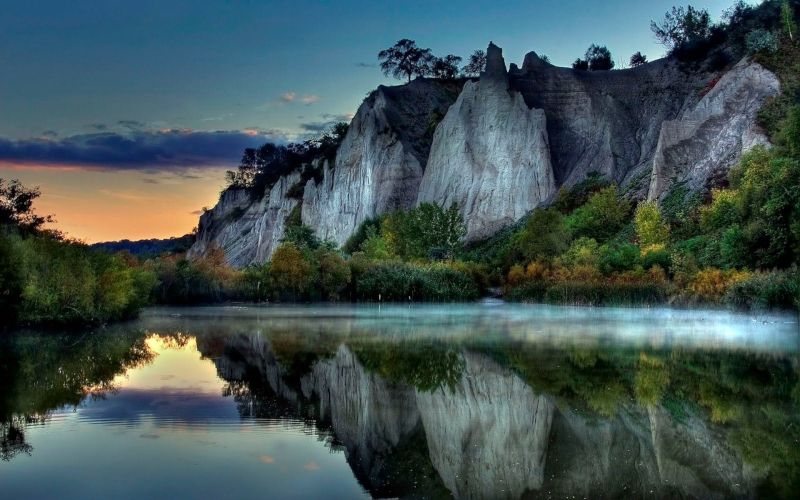Firebase Pricing #
The Misinformation Game is hosted using Firebase as its backend. This document analyses the pricing information of Firebase for hosting your own studies using The Misinformation Game.
Note: This guide has been written with a snapshot of Firebase's pricing. It is likely that Firebase's pricing will have changed. Please make sure that you double-check with the latest Firebase pricing on the Firebase website.
Table of Contents #
- 1. Summary
- 2. The Structure of Firebase Pricing
- 3. Firebase’s Current Pricing
- 4. Firebase Service Usage Estimates
- 5. Fixed Costs
- 6. Variable Costs
- 7. Reducing Image Sizes
1. Summary #
In summary, studies with many posts that contain images will likely run into the free tier usage limits. Therefore, as described in the Reducing Image Sizes section, it is vital to reduce the size of the images you use in your study. If you think you will come close to the usage limits, it would be best to upgrade your Firebase project to Firebase’s Blaze Plan to ensure that participants don’t get locked out of the game unexpectedly. You can also set budget alerts under the Blaze Plan to ensure you are never charged more than a few dollars for hosting your instance of The Misinformation Game.
2. The Structure of Firebase Pricing #
Firebase separates the costs for each of its backend services. The Misinformation Game makes use of its Hosting, Cloud Firestore, and Cloud Storage services. All of these services are available under the free tier of Firebase, which they refer to as the Spark Plan. Firebase also offers a paid tier under their Blaze Plan for use of their backend services beyond the free tier limits.
3. Firebase’s Current Pricing #
At the time of writing this document, Firebase charges the following amounts for its backend services when the website is hosted in Sydney. These values are likely to change between regions, and into the future, however they should hopefully give a good estimate.
Up-to-date pricing can be found in Firebase’s own pricing reference.
3.1. Firebase Hosting Pricing #
Firebase Hosting is the backend service that sends the website to participants. This does not include sending the images within studies.
| Hosting Action | Free Tier Limit | Paid Tier Pricing |
|---|---|---|
| Storage | 10 GB | $0.026/GB |
| Data transfer | 360 MB/day | $0.15/GB |
3.2. Firebase Firestore Pricing #
Firebase Firestore is the backend service that stores the metadata about studies, and stores the results of studies.
| Cloud Storage Action | Free Tier Limit | Paid Tier Pricing |
|---|---|---|
| Stored data | 1 GiB | $0.115/GiB |
| Network egress | 10 GiB/day | $0.12/GB |
| Document writes | 20K/day | $0.115/100k |
| Document reads | 50K/day | $0.038/100k |
| Document deletes | 20K/day | $0.013/100k |
3.3. Firebase Storage Pricing #
Firebase Storage is the backend service where the images that are contained within studies are stored. This service is used to send the images within studies to participants.
| Cloud Storage Action | Free Tier Limit | Paid Tier Pricing |
|---|---|---|
| GB stored | 5 GB | $0.026/GB |
| GB downloaded | 1 GB/day | $0.12/GB |
| Upload operations | 20K/day | $0.05/10k |
| Download operations | 50K/day | $0.004/10k |
4. Firebase Service Usage Estimates #
The Misinformation Game uses quite predictable patterns when accessing the backend services. Therefore, we can assume the following numbers for different actions that participants and administrators may take.
| Action | Estimated Firebase Usage |
|---|---|
| Downloading the game | Hosting: ~500KB download |
| Downloading the study specification | Firestore: 1 read |
| Downloading a source avatar or post image | Storage: download of size of the image |
| Uploading a participant’s results | Firestore: 1 write |
5. Fixed Costs #
Every study has some fixed costs per participant, which do not change with the size of the study.
Firebase Hosting Costs #
Each participant will have to download approximately 500KB to load the website. Under the Firebase pricing information above, the free tier allows 360MB/day of data to be downloaded for hosting. Therefore, under the free tier, the study would be limited to approximately 720 participants per day. For any participants above this number, the Paid Tier of hosting will allow an additional 13,000 participants per $1 spent.
Firebase Firestore Costs #
Each participant will have to download the settings of the study once, and upload their results once. Therefore, under the free tier, 20 thousand participants can participate in the study per day. Therefore, this is not likely to be a limiting factor in the number of participants that may take part in a study.
6. Variable Costs #
The content and number of sources and posts that are shown to the participants of a study will affect the cost per participant. This section will attempt to demonstrate this with two example studies: one study with text posts, and one study with image posts.
6.1. Example Cost Estimate: Study with Text Posts #
The first example study we will consider is a study with 100 text posts, and 30 sources.
Firebase Storage Costs #
Each participant will have to download the source avatar for each source that they are shown. If we assume each participant is shown every source, then they would have to download 30 images from Firebase Cloud Storage. If we assume that these avatars are 50KB in size, then this will require 1.5MB of data to be downloaded per participant. Under the free tier, this will limit the study to approximately 650 participants per day. For any participants above this number, the Paid Tier of Cloud Storage will allow an additional 5500 participants per $1 spent.
6.2. Example Cost Estimate: Study with Image Posts #
The second example study we will consider is a study with 100 image posts, and 30 sources.
Firebase Storage Costs #
Each participant will have to download the source avatar for each source they are shown, as well as the image for every post that they are shown. If we assume again that each participant is shown every source and post, then they will have to download 30 source avatars and 100 post images from Firebase Cloud Storage. If we assume that the source avatars are 50KB in size, and the post images are 200KB in size, then this will require 21.5MB of data to be downloaded per participant. Under the free tier, this will limit the study to approximately 45 participants per day. For any participants above this number, the Paid Tier of Cloud Storage will allow an additional 380 participants per $1 spent.
7. Reducing Image Sizes #
From the analysis above, it becomes clear that most of the cost of hosting studies using The Misinformation Game on Firebase is due to participants having to download images. Therefore, when possible reducing the sizes of images is vital to reduce the Firebase costs, and to stay within the free tier.
Reducing the size of images can be down by scaling down the images, and exporting them using the JPEG file format. The images in Figure 1 and Figure 2 will be displayed very similarly to participants, however they have very different file sizes.
Original Image:

Scaled-Down and Compressed Image:

As you can see above, the quality of both images appears to be similar, despite the fact that the second image is only 25% of the size of the first. Therefore, to reduce the file size and increase the number of participants that can be supported under the free tier, down-scaling your post images will be very important. More information about downscaling and compressing your images can be found in the Including Images in Studies documentation.
Back to Top